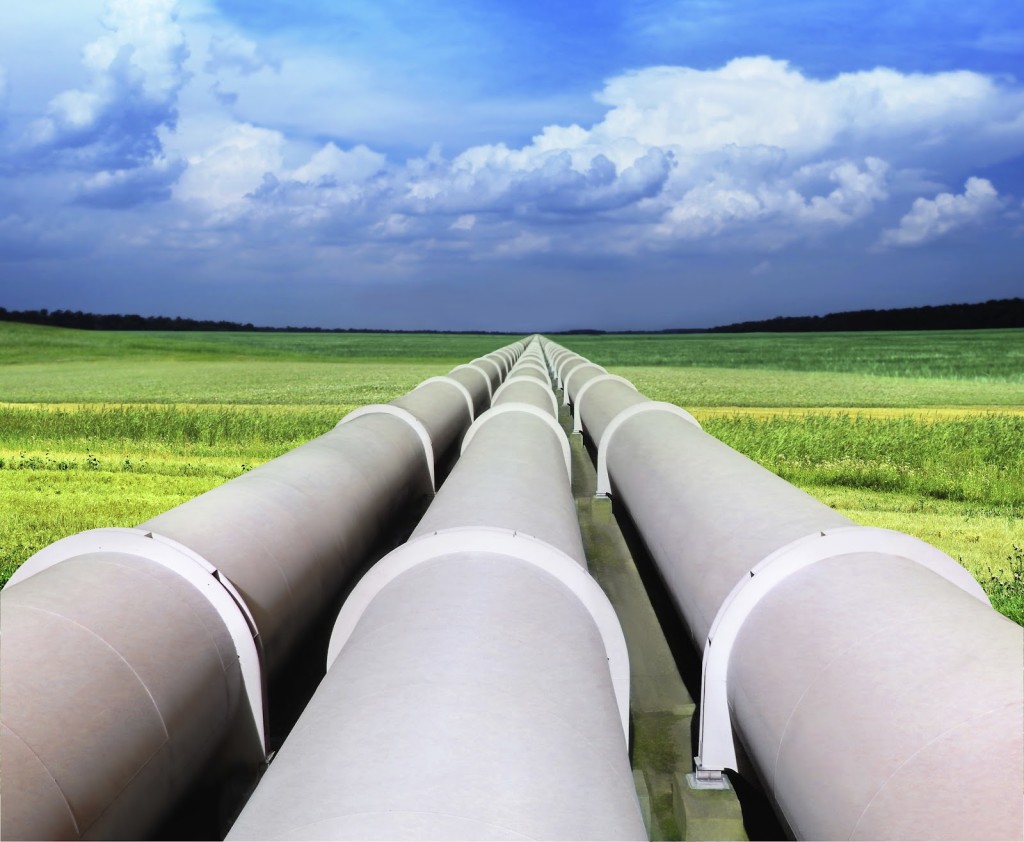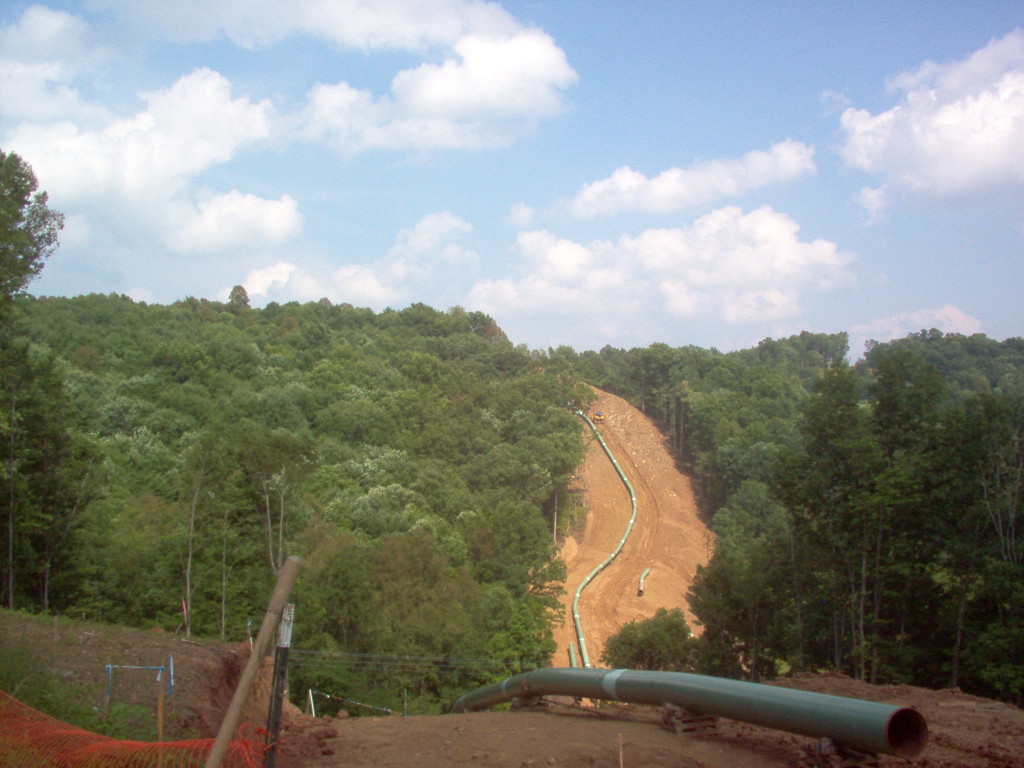This article over at Natural Gas Intelligence covers a few topics and is worth the read. The most interesting point to us was that the Stonewall Gathering Pipeline, which went into service in December 2015, has already impacted revenues for Antero Resources, and has therefore impacted royalty checks. A few more pipelines would make a big difference to all the royalty and mineral owners in West Virginia.
Category Archives: Stonewall Gas Gathering Pipeline Project
Stonewall Gathering Pipeline Finished!
Great news for West Virginia royalty and mineral owners! The Stonewall Gathering project is complete and pumping gas out of the Marcellus Shale area. It takes gas from Doddridge, Harrison, and Lewis counties and transports it to Braxton County where it connects with an existing Columbia Gas pipeline. That pipeline takes the gas out of state.
It’s a big pipeline, at 36 inches in diameter, and is currently moving about 700 MMcf/day. It’s highest capacity is expected to be 1.4 billion cubic feet of gas per day. If it’s like other pipelines, it could probably be pushed a bit higher with some additional compressors.
The most pressing need in the Marcellus shale and Utica shale area is for take away capacity. There is so much gas in the region that there simply aren’t enough pipelines to transport it all to market. Consequently, pipeline companies can name their price to transport the gas, and they take a huge chunk of the value of the gas. When all is said and done, Marcellus shale gas has been netting West Virginia producers more than a dollar less than what gas sells for at Henry Hub.
With more pipelines, the “differential” between Henry Hub and the Marcellus/Utica region will decrease. That means more money in royalty owners’ and lessors’ pockets. The Stonewall Gathering pipeline itself will not make a large difference. Combined with other projects that should be completed in the next few years, though, we will start to see better royalty payments.
Three West Virginia Pipelines, or One?

Here’s an article with some food for thought.
The gist of it is, there are three proposed pipelines that run through West Virginia which originate in the same general area and end in the same general area. It makes a lot of sense to run all three pipelines on the same right of way. The only thing is, nobody is thinking of doing that. FERC is the only governmental entity that has the power to approve/disapprove of any of these projects, and it doesn’t appear to be thinking of them together. The companies have their own interests, and don’t seem to think that working together will benefit them. So running the pipelines along the same route is just not likely to happen.
While having three separate pipeline routes benefits this firm, as there will be more agreements to negotiate, we also don’t see the point of using up more land than necessary. This is an idea that has merit, and there should be a conversation about it.
By the way, here’s a link to more information about the Appalachian Connector project.
Additionally, the Mountaineer Xpress Pipeline will be running through roughly the same areas, as will the
EDIT: It was pointed out to me that this article appeared to be unfinished. I came back to look, and sure enough, it ended as you see it above. Guess I must have hit Publish when I meant to hit Save Draft.
I suspect that I was thinking of checking the maps to see exactly where the Mountaineer Xpress and the Rover pipelines ran. Both are farther north and farther west than the Atlantic Coast and the Mountain Valley.
This article was intended to express support for the idea of running both the ACP and the MVP along the same routes up to a certain point. I still think that would have been a great idea. It would have required the ACP and MVP to team up. The FERC actually doesn’t have the authority to look at these pipeline together unless they are presented to the FERC together as one project. They don’t connect, they’re not the same company or sister organizations, and they pull gas from slightly different areas and deliver gas from slightly different areas. It’s quite unfortunate that it couldn’t have been done. It would have been efficient, and I like efficiency. It would have had a smaller impact on the environment, and even though I don’t consider myself an environmentalist, there’s no sense cutting two swaths through the mountains when one will do.

